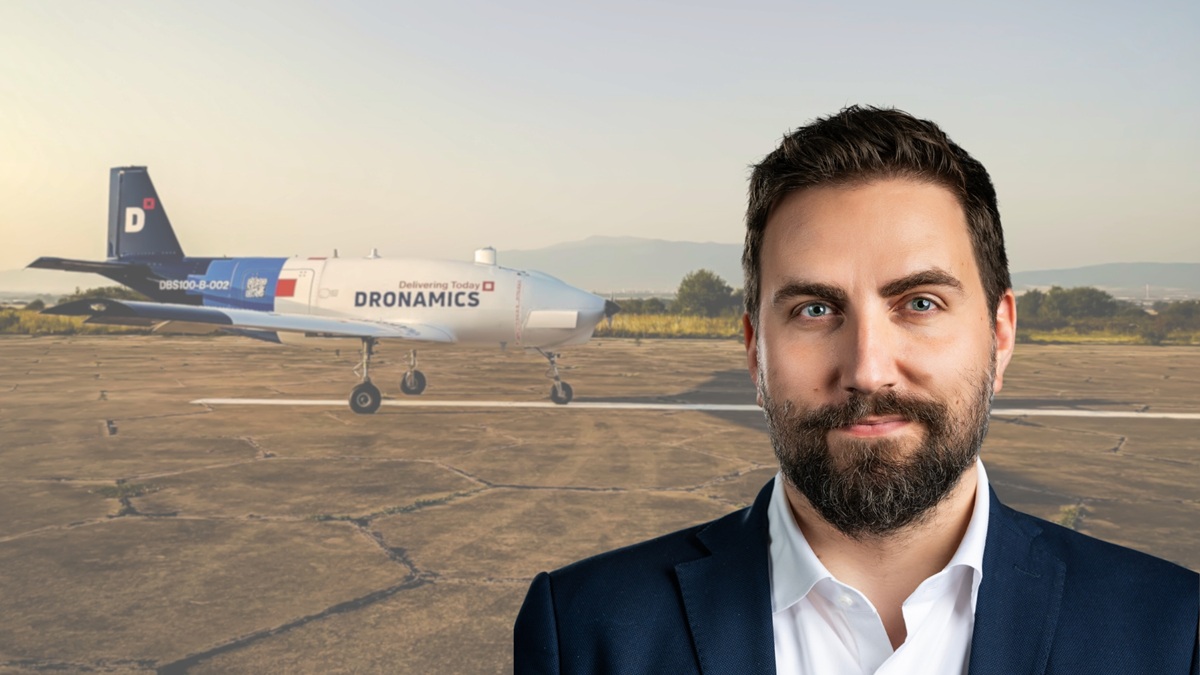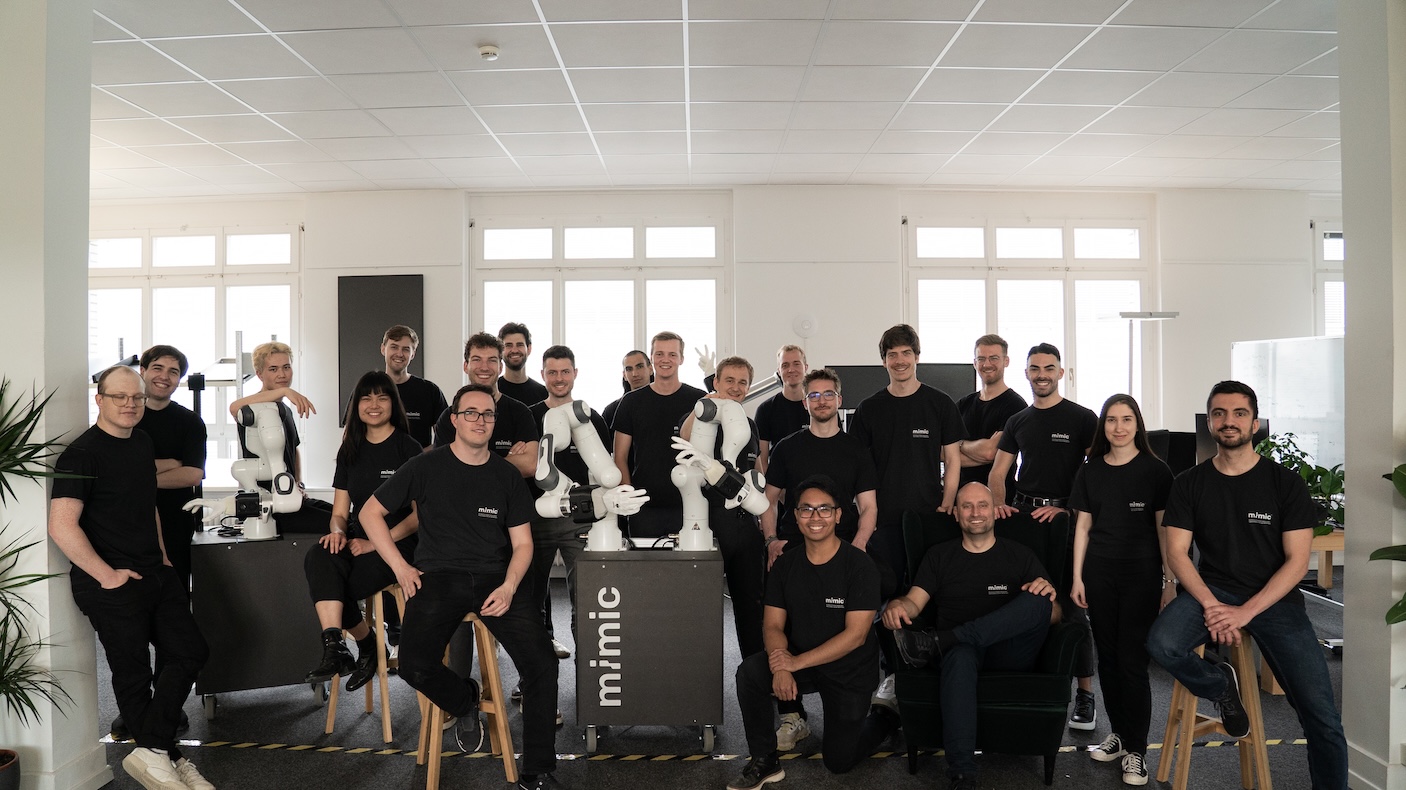The Art of Early-Stage Hiring (and Firing) with Eileen Burbidge, CEO at Fertifa
When building an early-stage company, few decisions matter more than who you bring on board. The people you hire don’t just shape the company, they are the company. And few understand the stakes of early hiring more intimately than Eileen Burbidge.
Eileen isn’t one for founder folklore or startup hype. But if there’s one thing she’s developed a visceral sense for, it’s the complexity and emotional toll of building teams in a company’s earliest days. She’s seen it from both sides of the table — including as the first product hire at a nascent Skype, also as a founding partner at Passion Capital, the London-based VC firm that backed fintech unicorns like Monzo, GoCardless, Marshmallow, and Speedinvest-shared portfolio company Tide, and most recently, as CEO of reproductive health company Fertifa.
Having lived through the operational uncertainty of early startups and the pattern-matching clarity of venture investing, Eileen brings a rare dual perspective. One constant across both? Building great teams is the hardest and most important part.
It’s All About People
“Maybe it wouldn't be surprising to someone who's been an operator before, but I think what is surprising to someone who hasn't is just how disproportionately hard and time-consuming it is to build, shape, and develop an early team,” she said.
That operator’s mindset has shaped every chapter of Eileen’s career. She reported to Niklas Zennström at Skype (who chose to fire her, as was his prerogative, being the co-founder CEO of a high-growth startup), ran Tide as interim CEO, spent months embedded within Monzo, and today leads Fertifa, a company transforming how employers approach reproductive health. Backed by Speedinvest since 2022, Fertifa provides workplace benefits spanning fertility and family-forming, women's health, menopause, and men’s reproductive care. Clients include Meta, Lululemon, H&M, Citadel, Morrison Foerster, and Bain Capital.
Her operating background informs how she hires today and what she looks for early on.
“There’s this idea that you should ‘hire fast,’ but honestly, hiring is the easy part. Living with the consequences is what’s hard. It’s way harder to fire someone or manage them out than it is to bring them on. And yet, that’s what shapes the entire trajectory of the company.”
Hiring for Potential, Not Perfection
So what makes a great early hire? For Eileen, it’s not about deep functional expertise on day one. It’s about potential, adaptability, and ambition.
“I always go for high acumen, strong potential; people who are bright, ambitious, and want to grow. I know words like ‘hustle’ or ‘drive’ can feel loaded now, but hopefully you know what I mean. That attitude matters more than being a deep domain expert in the beginning. Of course, you do need functional expertise later. But early on, generalists who can problem-solve and adapt are more valuable.”
Early-stage teams thrive on momentum, which often comes from tight-knit, like-minded teams. But Eileen is quick to point out the limits of homogeneity.
“In the earliest days, I think homogeneous teams can potentially move faster. Co-founders and early hires who can finish each other’s sentences, thoughts, and who assume the same things — it speeds everything up. But that doesn’t scale. At some point, the best companies are built by diverse teams. It takes longer, but the outcomes are stronger and more relevant to a broader customer base.”
That evolution requires founders to sense when their hiring priorities need to shift.
“It’s about timing. Early on, alignment is oxygen. But you can’t build a lasting business if everyone sees the world the same way forever. Diversity of thought, background, and approach is how you build resilience,” she adds.
Bridging Cultures While Scaling
At Fertifa, Eileen is building at the intersection of two fundamentally different industries: clinical healthcare and high-growth tech. Each has its own culture, and reconciling the two has tested her leadership in new ways.
“People from clinical services backgrounds can be used to working in environments like the NHS, where people are rarely fired for performance, cash runway isn’t a concern, and they’re just trying to deliver the best patient outcomes. Then you mash that up with startup culture, where it’s all ‘fail fast’ and move quickly — it’s oil and water. Trying to harmonize those disparate cultures has been one of the most unique challenges I’ve experienced as a leader.”
The key, she says, is getting everyone aligned around a common mission while respecting the perspectives each group brings.
“You have to acknowledge where people are coming from and then give them a shared destination. That’s been a huge part of the leadership challenge.”
From Founder-Led to Scalable Growth
Since joining Fertifa, the company has gone from three enterprise clients to over 40. It’s aiming to hit 70 or even 100 this year. That growth brings its own transition, including the move from founder-led everything to scalable processes.
“In the early days, it was about proving that Meta wasn’t a one-off customer. Now, it’s about building a repeatable sales motion, handing over sales to a proper team, and scaling up every internal process.”
This kind of growth requires not just great hires but the systems and ways of working in place to support them. It can also mean that the founder isn’t going to continue being everyone’s “best mate” or friend.
As Eileen observes, “I think a lot of first-time founders might feel that their team has to like them personally, but I don’t think that’s true, nor at all realistic. For me, it’s important that team members resonate and align with the company's purpose, mission, and ambitions – and then have trust and confidence in my abilities to achieve those things with integrity for the collective group. I don’t need everyone to agree with me and each decision, but I hope they understand my logic, reasoning, and intention, and respect those decisions. Hopefully that’s how, as a group, we keep achieving greater and greater success.”
Execution Is Everything
Eileen’s view on what founders should prioritize has only sharpened with time.
“If you can focus purely on execution and performance, do it.”
But that execution isn’t just about the product. It has to apply to hiring, onboarding, and team building, too.”
In the early stages of a startup, hiring should be a tactical decision. It’s easy to get caught up in the urgency of filling positions, but the long-term impact of each hire can’t be overstated.
As Eileen points out, “It’s way harder to fire someone or manage them out than it is to bring them on.” That’s why execution in hiring is crucial. It’s not just about filling seats quickly but about making sure each hire is aligned with the company’s mission and able to scale with it.
And if a new hire doesn’t work out, it’s crucial to identify quickly if there’s been a mismatch and to course correct or manage that process. “After witnessing so many different situations first-hand, I find it universally true that after letting someone go, a founder/CEO never laments or wishes that they should have waited longer to make or delay that change — in fact, they almost always wish they’d acted upon it sooner. Hiring fast (and well) is important, but in my experience, firing mis-matched hires even faster is even more important.”
As teams grow, the complexity of hiring increases. What starts as a close-knit, fast-moving group becomes a more structured organization where the stakes are higher with each new hire.
“Don’t assume everyone knows what’s going on, even in a small team. Repetition, clarity, context — it all becomes part of your job.”
The clearer you are about your company’s vision and the specific challenges ahead, the easier it becomes to bring the right people on board.
What Hasn’t Changed
While today’s startup vocabulary may sound new, Eileen is quick to remind us that the fundamentals have stayed the same.
“Whether you call it ‘ramen startup’, ‘lean startup’ or ‘founder mode,’ it’s all basically the same thing: work your ass off, protect your time, create opportunities, take on risk, and put yourself out there. That’s never changed. We just come up with new phrases for it every couple of years.”
The same goes for hiring. Despite changing market conditions and evolving expectations, the hardest part is still finding people who can take on risk, adapt to change, and stick with it through the highs and lows.
“Ultimately, you’ve got to be resilient. You’re going to make mistakes, you’re going to doubt yourself, and you’re going to get told no. And then you keep going,” she notes.
The language may evolve. The stakes may grow. But through every phase, one truth persists.
It’s all about people.













.svg)
